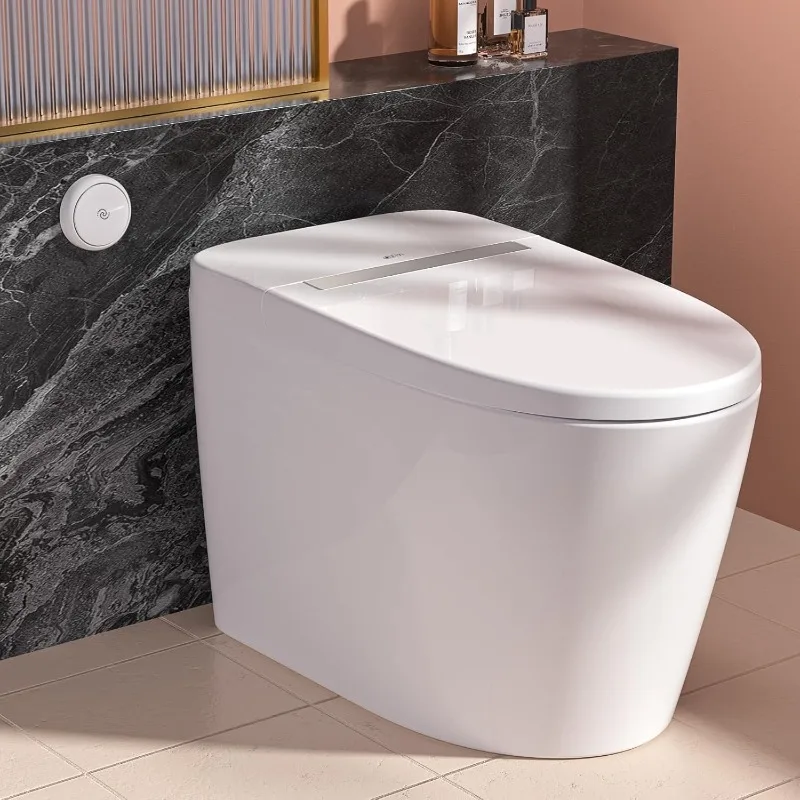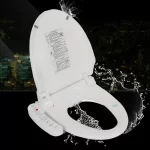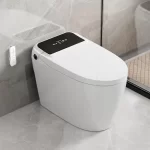Toilets are an essential component of modern sanitation systems, but their design and functionality can be complex. Understanding the various parts of a toilet can help you maintain it more effectively and address common issues. This comprehensive guide will break down the components of a toilet, explaining their functions and how they work together to ensure a smooth and efficient flushing system.
The Basic Components of a Toilet
The Toilet Bowl
The toilet bowl is the most visible part of the toilet and serves as the receptacle for waste. It is typically made of porcelain or ceramic and comes in various shapes and sizes. The design of the bowl influences its efficiency and ease of cleaning. Inside the bowl, you will find a curved channel known as the siphon, which plays a crucial role in flushing. When you flush the toilet, water flows into the bowl, creating a siphoning effect that pulls waste and water out of the bowl and into the drain.
The Toilet Tank
The toilet tank is located above the bowl and houses the mechanisms responsible for flushing. It is generally made of ceramic or plastic and is designed to hold and release water. The tank stores water that will be used during the flushing process, and its design includes several key components such as the flush valve, fill valve, and overflow tube. Proper functioning of the tank is essential for efficient flushing and to prevent issues like leaks and constant running water.
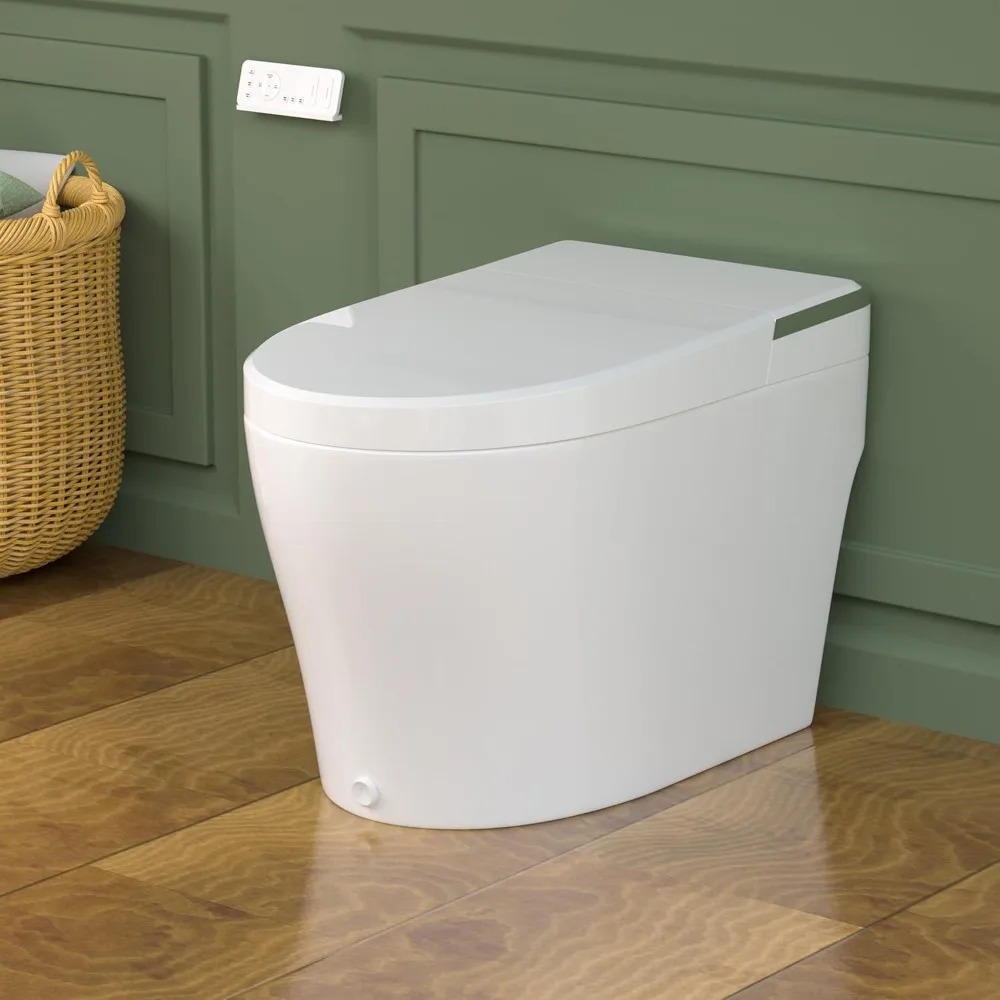
The Flush Mechanism
The Flush Valve
The flush valve is a critical component located at the bottom of the toilet tank. It controls the release of water from the tank into the bowl during a flush. When you activate the flush handle or button, the flush valve opens, allowing water to flow from the tank into the bowl. This flow of water helps to clear waste from the bowl and initiates the siphoning action that empties the bowl. The flush valve must seal properly to prevent leaks and ensure that the toilet flushes effectively.
The Flush Handle or Button
The flush handle or button is the user interface that initiates the flushing process. When you press the button or pull the handle, it activates the flush valve and allows water to flow from the tank into the bowl. Flush handles are typically made of metal or plastic and are attached to the flush valve via a linkage system. In modern toilets, flush buttons are commonly used, especially in dual-flush models that offer options for different flush volumes.
The Water Supply System
The Fill Valve
The fill valve, also known as the ballcock or refill valve, controls the flow of water into the toilet tank after a flush. It is responsible for refilling the tank with water to prepare it for the next flush. The fill valve is typically located on the side of the tank and is connected to the household water supply. It includes a float mechanism that rises with the water level and shuts off the valve when the tank is full. A properly functioning fill valve is essential for maintaining the correct water level in the tank and ensuring that the toilet flushes reliably.
The Overflow Tube
The overflow tube is a safety feature designed to prevent the toilet tank from overflowing. It is a vertical pipe located in the center of the tank that channels excess water into the bowl if the tank fills too high. The overflow tube ensures that water does not spill over the edges of the tank, which could lead to flooding and water damage. It also helps to maintain the proper water level in the tank by directing excess water away from the tank and back into the bowl.
The Flushing Mechanism
The Flush Valve Assembly
The flush valve assembly consists of several components that work together to control the flushing process. This assembly typically includes the flush valve itself, a flapper or seal, and a lift chain or rod. When the flush handle or button is activated, the lift chain or rod lifts the flapper, allowing water to flow from the tank into the bowl. After the flush is complete, the flapper falls back into place, sealing the flush valve and preventing water from continuously leaking into the bowl. Regular maintenance of the flush valve assembly is important to ensure that the toilet flushes effectively and efficiently.
The Rim and Siphon Jet
The rim of the toilet bowl features a series of small holes or jets that distribute water evenly around the bowl during a flush. These jets help to wash down waste and maintain a clean bowl. The siphon jet is a larger hole located at the bottom of the bowl that initiates the siphoning action. When the flush valve opens, water flows through the siphon jet, creating a powerful suction that pulls waste and water out of the bowl and into the drain. The design and placement of these jets are important for the overall flushing performance of the toilet.
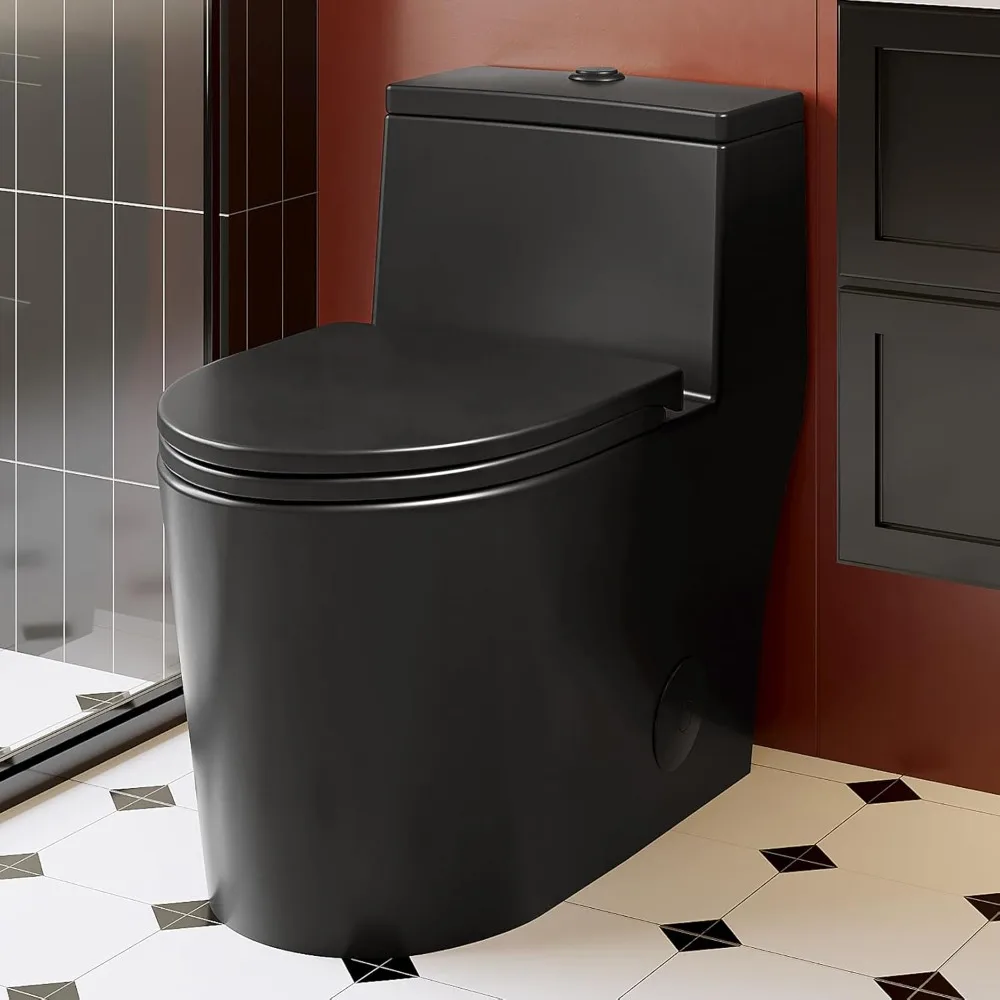
Common Issues and Troubleshooting
Clogged Toilet
A clogged toilet is a common problem that can disrupt its functionality. Clogs can occur due to the buildup of waste, paper products, or foreign objects in the drain. To address a clog, you can use a plunger to create suction and dislodge the blockage. If the plunger does not resolve the issue, a toilet auger or plumber’s snake can use to reach deeper into the drain and remove the obstruction. In severe cases, professional assistance may require to clear the clog and restore proper function to the toilet.
Running Toilet
A running toilet occurs when water continuously leaks into the bowl or the tank does not fill properly. This issue is often caused by a faulty flush valve, fill valve, or flapper. To diagnose the problem, check for leaks around the flush valve and ensure that the flapper is sealing correctly. Adjust the fill valve to ensure the correct water level in the tank and inspect the overflow tube for any obstructions. Regular maintenance and timely repairs can prevent the running toilet issue and save water.
Regular Maintenance and Care
Cleaning and Sanitizing
Regular cleaning and sanitizing of the toilet are essential for maintaining hygiene and preventing stains. Use a toilet bowl cleaner and a toilet brush to scrub the inside of the bowl, paying attention to areas under the rim. For the tank and other components, use a mild cleaner and a soft cloth to avoid damaging the surfaces. Ensure that the toilet thoroughly rinse and dried after cleaning. Regular maintenance helps to prevent the buildup of grime and keeps the toilet in good working condition.
Inspecting for Wear and Tear
Periodic inspections of the toilet components can help identify signs of wear and tear before they become major issues. Check the flush handle or button for proper operation and ensure that the flush valve and fill valve are functioning correctly. Look for signs of leaks around the base of the toilet and inspect the tank for any cracks or damage. Replacing worn or damaged parts promptly can prevent more significant problems and extend the lifespan of the toilet.

Upgrading and Modernizing
Low-Flow Toilets
Upgrading to a low-flow toilet can improve water efficiency and reduce utility costs. Low-flow toilets use less water per flush compared to traditional models, which helps to conserve water and lower your water bill. Modern low-flow toilets design to provide effective flushing performance while using significantly less water. When considering an upgrade, look for models with good flush performance and WaterSense certification to ensure that you are choosing an efficient and reliable option.
Dual-Flush Systems
Dual-flush systems offer the option to choose between a full flush and a partial flush, depending on the type of waste to dispose of. This feature allows for more efficient water usage by providing different flush volumes for liquid and solid waste. Dual-flush toilets design to conserve water and can be an excellent choice for those looking to reduce their environmental impact. When upgrading to a dual-flush system, ensure that the toilet is compatible with your existing plumbing and meets your flushing needs.
Conclusion
Understanding the parts of a toilet and how they work together is essential for effective maintenance and troubleshooting. From the basic components like the bowl and tank to the more intricate parts like the flush valve and fill valve, each element plays a crucial role in the toilet’s functionality. Regular maintenance, timely repairs, and upgrades can help ensure that your toilet remains in good working condition and continues to provide reliable performance. By staying informed about the different parts and their functions, you can address common issues and keep your toilet operating smoothly for years to come.
